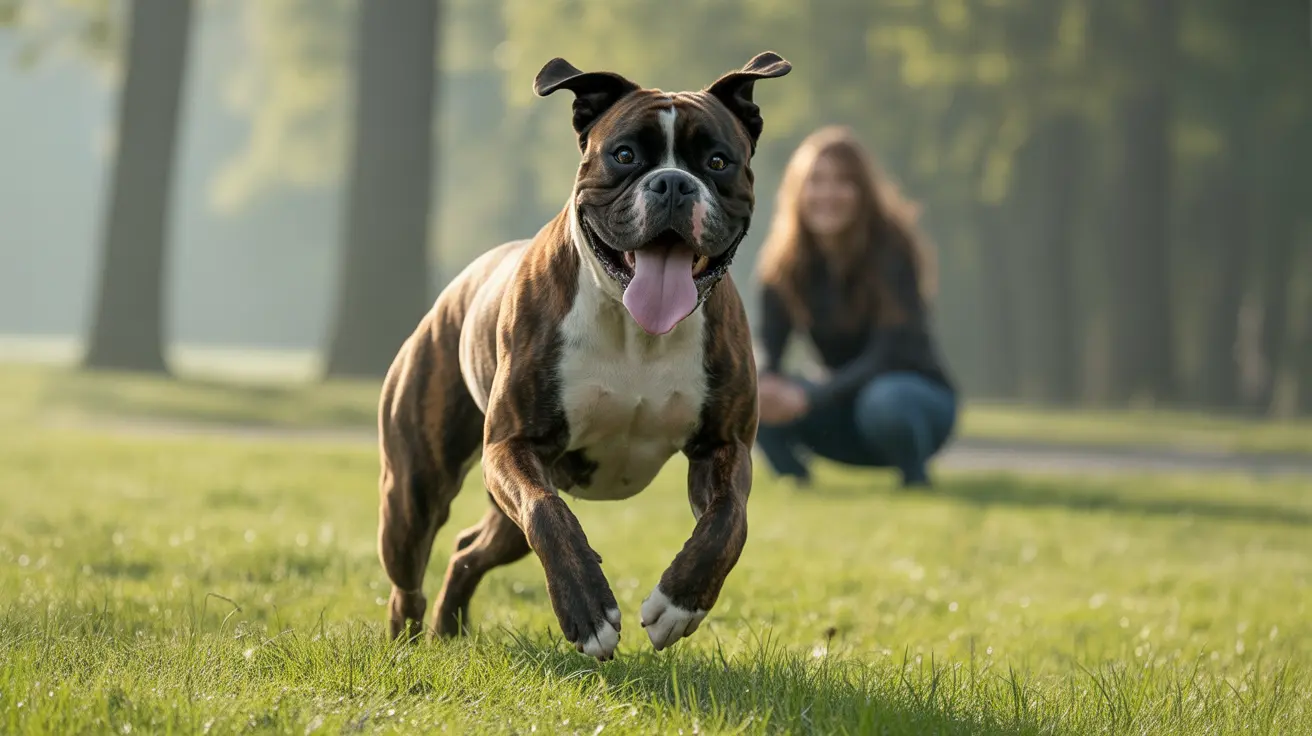Introduction
When it comes to male dog health concerns, testicular cancer is a significant issue that pet owners need to understand. This comprehensive guide will explore what testicular cancer looks like in dogs, including visual indicators, diagnostic approaches, and treatment options. As this condition affects approximately 27% of intact male dogs during their lifetime, recognizing the early signs can be crucial for successful treatment.
Whether you're a concerned pet owner or someone looking to better understand this condition, this article will provide you with essential information about identifying and addressing testicular cancer in dogs, complete with descriptions of visual symptoms and clinical presentations.
Visual Signs and Physical Identification
Testicular cancer in male dogs typically presents with several visible changes that owners can observe:
- Noticeable enlargement of one or both testicles
- Asymmetrical appearance of the scrotum
- Firm or irregular masses within the testicle
- Changes in the texture or firmness of the testicle
- Possible skin changes or discoloration over the affected area
Understanding Normal vs. Abnormal Appearance
A healthy dog's testicles should be symmetrical, smooth, and firm but not hard. Any deviation from this normal appearance, especially in older dogs, warrants veterinary attention. During regular examinations, veterinarians often document these visual changes through medical imaging to track progression and assist in diagnosis.
Diagnostic Imaging and Visual Assessment
Veterinarians use several imaging techniques to diagnose and evaluate testicular tumors:
- Ultrasound imaging to visualize internal testicular structure
- X-rays to check for potential metastasis
- Fine needle aspiration samples for cellular evaluation
- Post-surgical tissue analysis for definitive diagnosis
Risk Factors and Prevention
Several factors influence the development of testicular cancer in dogs:
- Age (most common in dogs over 10 years)
- Breed predisposition (higher risk in certain breeds)
- Presence of cryptorchidism (undescended testicles)
- Delayed or absent neutering
The Role of Early Neutering
Neutering before six months of age virtually eliminates the risk of testicular cancer. For dogs not intended for breeding, this preventive measure is highly recommended by veterinary professionals.
Treatment Options and Recovery
The primary treatment for canine testicular cancer is surgical removal of the affected testicle(s). This procedure, known as an orchiectomy, is typically curative when the cancer hasn't spread. Post-surgical recovery usually involves:
- Monitoring the surgical site for proper healing
- Following prescribed pain management protocols
- Maintaining restricted activity during recovery
- Regular follow-up examinations to ensure complete resolution
Frequently Asked Questions
What are the common signs and symptoms of testicular cancer in male dogs?
Common signs include testicular enlargement, asymmetry, firmness, or irregular masses. Some dogs may also show behavioral changes or feminization symptoms, particularly with certain tumor types.
How can I check my male dog for testicular cancer at home?
Regularly examine your dog's testicles for any changes in size, shape, or consistency. Perform gentle palpation during grooming or petting, and note any asymmetry or unusual lumps.
What does testicular cancer in male dogs look like in pictures or on ultrasound?
On ultrasound, testicular tumors appear as irregular masses with varying density. Visually, affected testicles often appear enlarged, misshapen, or asymmetrical compared to healthy tissue.
What are the best treatment options for a dog diagnosed with testicular cancer?
Surgical removal of the affected testicle(s) is the most effective treatment. For localized tumors, surgery is usually curative, with excellent prognosis for most dogs.
How effective is neutering in preventing testicular cancer in male dogs?
Neutering is highly effective in preventing testicular cancer, especially when performed before six months of age. It completely eliminates the risk of this type of cancer.
Conclusion
Understanding the visual and clinical aspects of testicular cancer in dogs is crucial for early detection and successful treatment. Regular monitoring, prompt veterinary attention when abnormalities are noticed, and consideration of preventive neutering are key strategies in managing this common canine condition.






